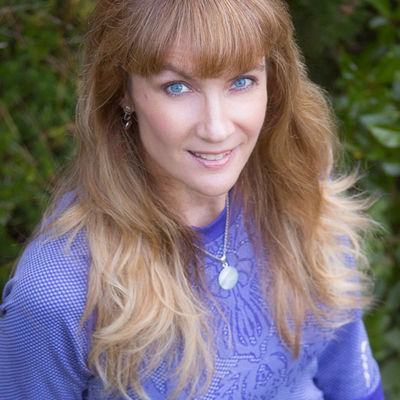Using filters for nature photography opens up options for a wide array of creative effects that would not be achievable otherwise. Unfortunately, the most common types of filters present a variety of inconveniences in the field that typically cause unavoidable compromises, not only in a photographer’s workflow, but also in the way that gear is packed, and even in image quality. Most photographers who enjoy nature photography therefore think of filters as a necessary burden and learn to live with the inconveniences that are inherent in using those that are mounted on a lens. With the EOS R, however, there now exists a substantially improved method of utilizing filters, thanks to the EF-EOS R Drop-In Filter Mount Adapter. After fifteen years of using traditional filters, I found my first experience of using this innovative adapter to be extremely liberating and exhilarating. I had only a few days to try out the drop-in filters, but I am convinced that they are an incredibly innovative solution for the filtration needs of nature and wildlife photographers.
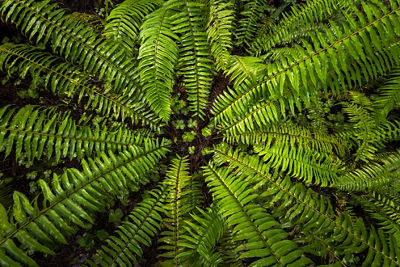
CREATIVE USES OF FILTERS FOR NATURE PHOTOGRAPHY
Most photographers agree that there are two categories of filters that are highly recommendable and sometimes essential for nature photography: polarizers and neutral density filters. Both of these types of filters can produce effects that are not achievable otherwise because of the ways that they affect light as it reaches a camera’s sensor.
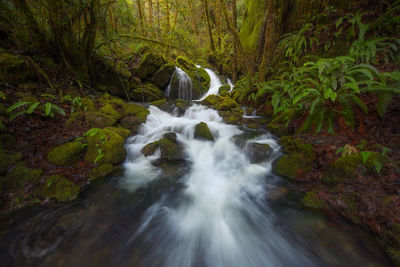
A neutral density filter simply limits incoming light to whatever extent its specific darkening power allows. With less light reaching the sensor, a photographer can opt for a slower shutter speed without affecting the overall exposure of an image and can thereby produce a desirable amount of motion blur. The more stops of light that a filter blocks out, the longer the exposure can be, resulting in a more pronounced effect of motion blur at higher levels of filtration. The most common use of ND filters in nature photography is smoothing out the texture of water, an effect that can help to communicate a sense of movement in a still image, create leading lines, or impart a certain mood.
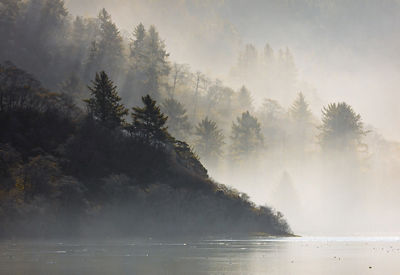
Similarly, a polarizer will limit the amount of light reaching the sensor, but it will have the greatest effect on polarized light that is reflected off of certain particles in the air or off of surfaces that are bouncing light towards the camera. A polarizing filter is therefore useful in reducing reflections and reflected light, thereby allowing a view through reflective surfaces or allowing certain areas of an image to have deeper tonality and greater color saturation. By adjusting the amount of polarization that a filter provides, a photographer can either remove reflections or enhance their effects relative to other areas in a scene. In the latter situation, a polarizer will not actually increase the amount of reflected light, but it will also place an emphasis on whatever reflections remain when only some of the reflected light is filtered out. Having control over reflections is especially beneficial in scenes with water or shiny foliage, making the polarizing filter a favorite tool of nature photographers.
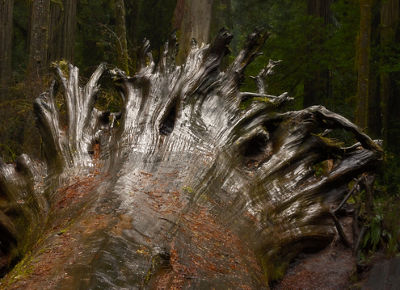
TRADITIONAL FILTERS IN THE FIELD
Despite their great usefulness, traditional filters do have their drawbacks. The most common type of filter is the round variety that screws onto the front threads of a lens. Perhaps the biggest disadvantage of using screw-on filters is that each one has a specific thread size, meaning that a photographer using lenses of different diameters will need to carry multiple filters for each type of filtration or else have to add step-up rings into the mix.
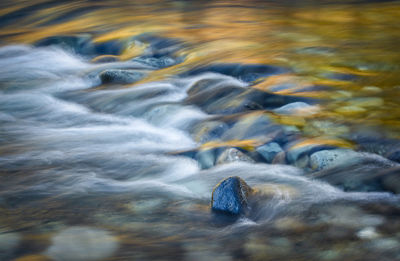
Neither solution is very convenient. Having multiple filters for a single type of filtration essentially means having duplicate gear in the bag, which is an extra investment of both funds and space versus having one filter to cover all lenses. Opting instead for a step-up ring to adapt a filter’s thread size is less expensive than duplicating filters, but these rings are still additional purchases and also take up more space in a camera bag. Furthermore, going the route of using step-up rings usually means losing the option of attaching a lens hood, since an adapted filter will extend beyond the edges of a lens’ front threads. Similar inconveniences arise with the use of panel-type filters, since they too require having unique adapters for each thread size, and they likewise interfere with the use of a lens hood.
Moreover, any filter that sits in front of a lens comes with the additional drawback of complicating the intake of light and causing flare. Light passing through any glass or resin in front of a lens can become diffracted much more easily than it would when going directly through a front element and its coatings, especially when a lens is pointed toward the sun or a bright reflection. In such cases, any dust or scratches on a filter can interfere badly with light transmission, often resulting in an unsightly display of flare that can ruin a photograph. For this reason, it is usually advisable to remove all front-mounted filters when any bright light source is inside or near the edges of an image.
Another typical nuisance with all front-mounted filters is the process of attaching one to a lens. When conditions are evolving quickly out in nature, it can be quite disruptive to have to fiddle around with screwing on a filter or an adapter. Anyone who has worked with screw-on filters long enough will know the frustration of getting one cross-threaded with a lens, with a step-up ring, or with another filter when stacking them together—all situations that can result in a missed moment if the filter becomes stuck for too long. Conversely, a screw-on filter or adapter that is attached too loosely can fall off of a lens, a problem that is especially common with traditional circular polarizing filters because of the rotational force that they require to add or reduce filtration. Many nature photographers have sad tales of lost filters and adapters that dropped into a creek or some surf and were never seen again, simply because it is sometimes difficult to strike the right balance between getting these items stuck and not screwing them on firmly enough.
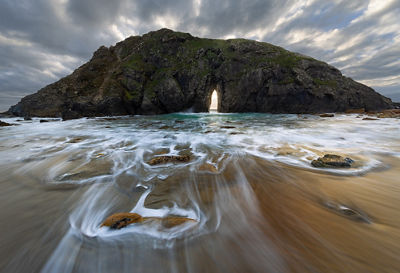
An especially unfortunate drawback of traditional filters is that they are not compatible with lenses that have very bulbous front elements, since these lenses do not have filter threads. While there are special filter systems available for some of these lenses, their various attachment mechanisms are prone to the same issues described above, causing the filters to be tedious to attach, insecure once mounted, or both. Even more inconvenient is the considerable bulk and weight of the holders and filters made to accommodate such lenses. For example, one of my favorite lenses for nature photography is the EF 11-24mm f/4L, which has a field of view so wide that it requires any front-mounted filter to be a whopping 175mm in width at a minimum. These massive filters and their holders are so cumbersome to transport that they are often impractical for photography that requires substantial hiking or backpacking, causing these costly accessories to collect dust rather than ending up in my camera backpack more often than not.
ADVANTAGES OF THE DROP-IN FILTER MOUNT ADAPTER
The EF-EOS R Drop-In Filter Mount Adapter improves upon every one of the above problems that are typical of traditional filters. Because the adapter sits between the lens and the camera, filters inserted into it can work with any mounted lens. This benefit can amount to a substantial savings in expenses and in the space required to carry filters in a camera bag, especially for anyone who wants to use filters with wide-angle lenses that have no threads. Just as beneficial is the ease with which a photographer can add or remove a drop-in filter, since it will slide smoothly into the slot on the adapter and lock into place with a reassuring click. Removing a filter is just as easy: simply pinch two opposing release buttons, and it will slide back out again.
Such great efficiency and convenience make the Drop-In Filter Mount Adapter an extraordinary improvement over any existing alternatives for utilizing filters.
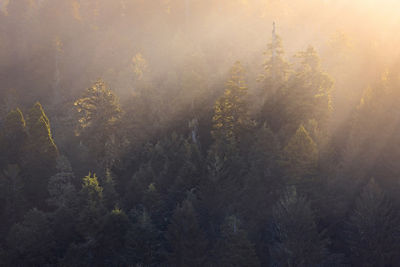
The experience of using the Drop-In Filter Mount Adapter in the field is remarkable for several reasons. As I just noted, it allows the use of a single filter with any mounted lens, which makes a quick lens change easier than ever. Likewise, switching between filters is a smooth and swift process. Because nature photography often presents a variety of options at any given moment, it is extremely helpful to be able to switch between lenses or filters quickly as ideas emerge or conditions evolve. These changes became so effortless that I found myself more apt than ever to experiment with ideas in quick succession.
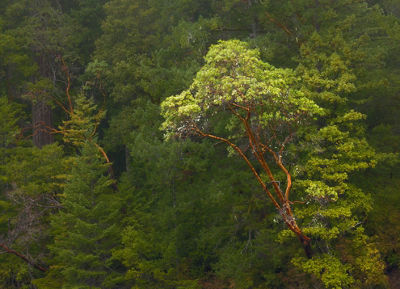
The Drop-In Filter Mount Adapter amounted to a creative boon for me in yet another crucial aspect of working in the field, which is the process of selecting a certain quality of filtration. Both drop-in filters for the mount adapter have a thumb wheel that controls the amount of filtration produced. With the polarizing filter, turning the wheel will increase or decrease polarization, and the wheel on the variable neutral density filter sets the stops of light that are filtered out. In either case, the wheel sits right up against the camera, where it can be reached while both hands remain in position to operate other controls. I was especially appreciative of this positioning when using my EF 100-400 f/5.6L II lens because I no longer needed to reach out to the end of the long lens in order to adjust a filter, a movement that can disrupt the flow of working in the field enough to be a hindrance at times. Even much shorter lenses can still require moving a hand away from the camera’s controls when reaching for a front-mounted filter, a change that may need to be repeated often and rapidly in some situations. When I was trying out the drop-in filters to photograph seascapes, the light was changing quickly, and I was delighted to be able to dial in different levels of filtration on the drop-in neutral density filter without missing a beat. Likewise, when I was photographing dappled light playing across a river, I was able to shift between ideas that involved more or less polarization with the greatest of ease.
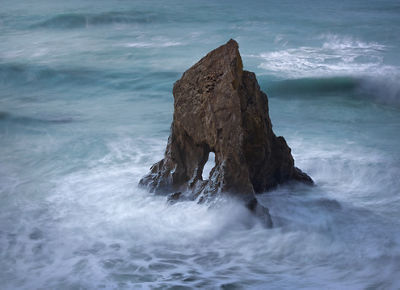
The few days that I spent with the EOS R and its Drop-In Filter Mount Adapter felt utterly different from any experience that I have had in the past while working with filters. For most of that time, the region that I was photographing was hit by heavy rain and high winds, conditions that are especially challenging for nature photography. Such challenges can turn into opportunities much more easily when it is possible to work through ideas and options swiftly, when the gear at hand allows for deft control and rapid experimentation. Simply being able to use my favorite EF lenses with the EOS R was a real pleasure, but the added benefits of the Filter Mount Adapter amounted to a great improvement in the overall experience of photographing nature.
All Canon contributors are compensated and actual users of Canon products promoted




